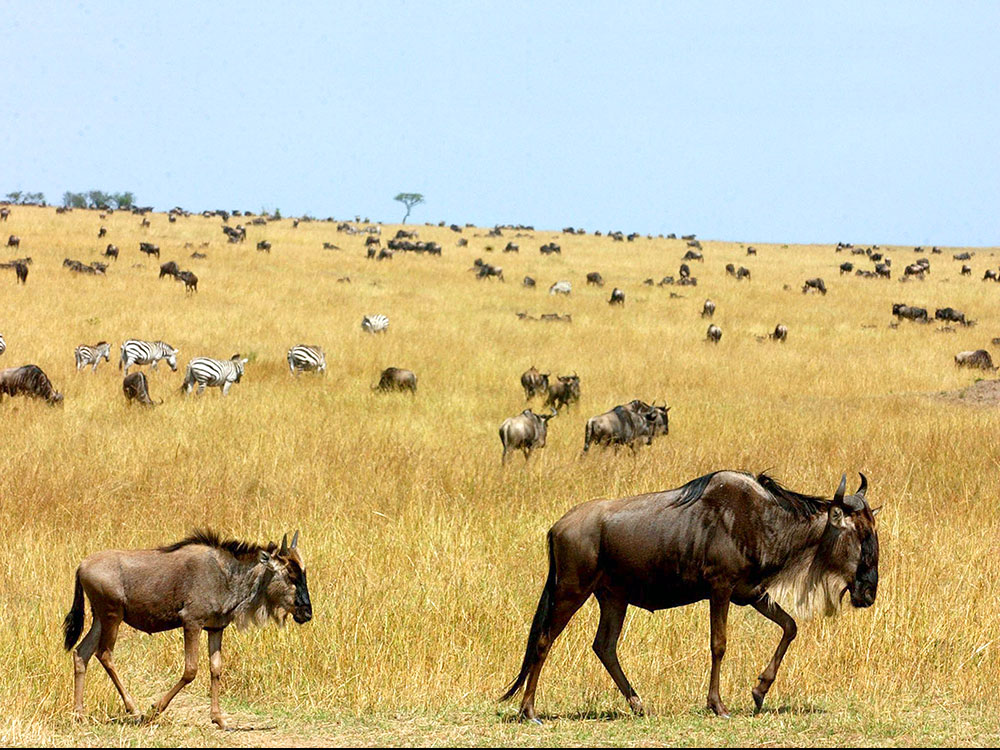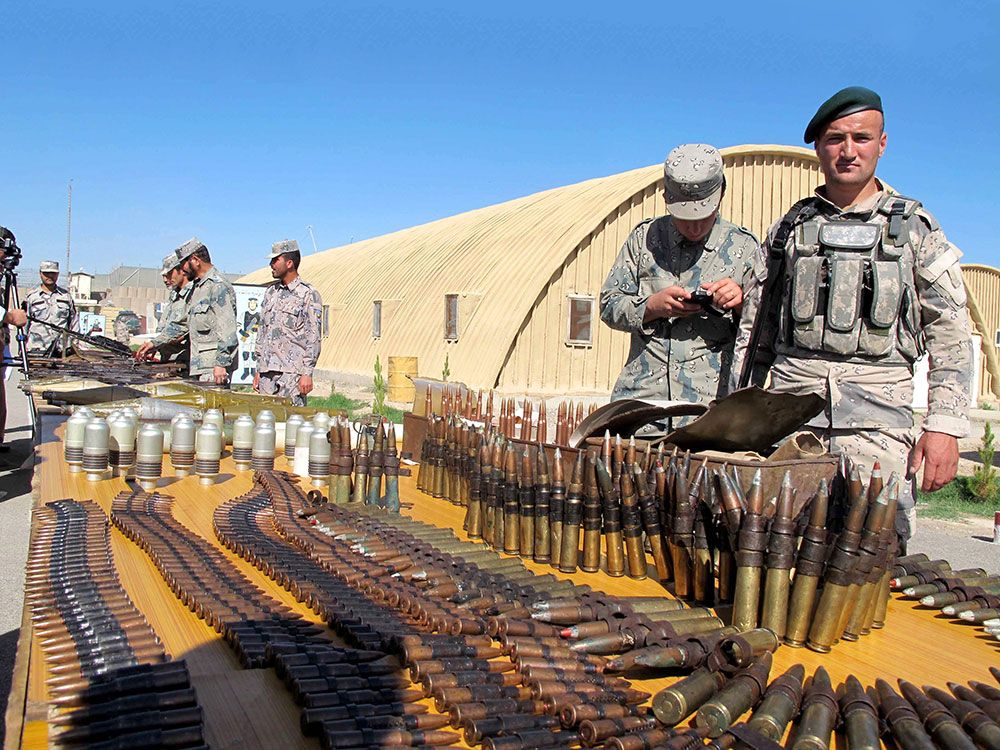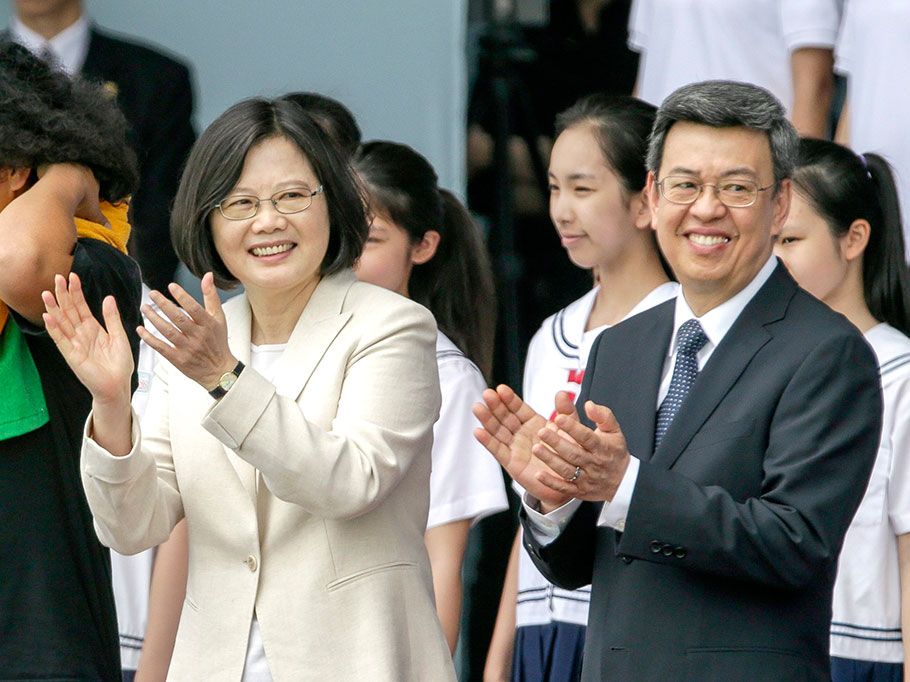The media nowadays gives us instant access to news stories from around the globe. It enables us to be voyeurs of tragedy and bliss as we sit in the comfort of our homes. The downside of this aspect of modern life is that world events are streamed before us twenty-four seven, via an increasing number of technologies, leaving us little time to absorb or analyze what is happening. Hence we forget these same events as quickly as they disappear from our screens.
A good example is the most recent and worst building disaster that has occurred in Bangladesh. The collapse of the factory, on April 24, occupied our screens for days and is now fading from our conversation and consciousness. After the tragedy, what has stayed with us from the horror that suddenly and unexpectedly visited the lives of thousands of our fellow human beings? Are we aware of any of the developments that have taken place since that fateful day? Do we know what the final death toll is?
There are, of course, those who have continued to follow events, and are interested in what measures have been taken by the local authorities in response to the latest in a series of factory disasters. In addition, there are many who are eager to know what actions are being taken by the government in Bangladesh and, at the international level, the measures to ensure that such a horrible tragedy does not occur again.
Weak structures
From a distance, I can only imagine the pain, anguish and suffering this tragedy has caused to so many innocent people. The list of missing persons, the sight of severed limbs, the number of crushed bodies, and the unidentified corpses only intensify the heartbreak that is being felt in the city of Dhaka at this moment. We might ask how will the affected families ever cope with such devastation?
The combined weight of cement, steel and sand, and the number of people and machines inside the structure, caused the collapse of the eight-storey building and the death of over a thousand workers, near Dhaka. The mixture of sand with cement and steel was insufficient to sustain the pressure placed on them. Were some of the materials used in the construction of sub-standard quality? This will surely be one of the aspects to be looked into during the investigation of the tragedy.
From TV footage of the scene, it appears that the physical pressure exerted on weak pillars and foundations resulted in the collapse of the building. The structure came down like a house of cards highlighting not only pressures from the building business but also pressures from the society, in general. that the big loss of life was due to human error.
The multiple pressures that are being felt across the country were emphasized recently in Geneva. During the Universal Periodic Review (UPR) of Bangladesh, only a few days after the tragedy, the Minister of Foreign Affairs, Ms. Dipu Moni, had this to say: “And yet, we have a long way to go given the enormity of the challenges that we face in the environment of poverty. In addition, many of our development gains tend to be reversed due to certain, inherent structural challenges, particularly our climate vulnerability, frequent natural disaster, population density and rapid urbanization.”
Slave labor
The owners of the building have been arrested for negligence in the construction process. We are told that they were held as they tried to leave the country. The question being asked is: Did the builders follow the recommended guidelines? Seeking to maximize profits, it is possible that ‘corners were cut’ with regard to building regulations. A small number of business people and officials were in a position to influence such decisions. Were those responsible influenced by monetary rewards?
In a few brief minutes, the building that provided opportunity, space and shelter to many local textile companies as they supplied clothes to the European and American markets, has turned into rubble. This small but vital piece of information about the end-users of the factory products immediately changes our perception of the tragedy and widens the field of responsibility. Some of the clothing brands were quick to announce their readiness to compensate. According to one account, days prior to the collapse, ‘garment industry workers had been told to ignore the cracks on the walls and continue with work as normal.’
Close to 3,000 workers were in the building at the time of this terrible tragedy. Many of these were young women making a pittance. The lowest paid were earning as little as $38 a month, to help feed their families and keep them from falling into severe poverty. Pope Francis, in a welcome reference to this loss of life, has described the working conditions of such factories as ‘slave labor.’ Close to 4 million people, many of them female, work in the Bangladesh garment industry. After China, it is the second largest exporter of goods in this sector.
Extreme dependence
In the years 2009-2010 ready-made garments accounted for 77% of Bangladesh’s exports. These are the figures provided on the Bangladesh Garment Manufacturers and Exporters Association (BGMEA) website. This sector has seen a rapid increase in recent years. Competitors are under pressure to corner more and more of this expanding market. Many questions have been raised about safety in such overcrowded conditions. In May, an expert group within the UN Human Rights system encouraged international clothing brands not to disengage from Bangladesh, but rather to show common cause with the government, international organizations, and civil society to improve working conditions in the clothing industry.
The experts warned: “The UN Working Group on business and human rights stressed that such commitment is crucial to prevent another disaster like the Rana Plaza collapse. The international brands sourcing from Bangladesh have a responsibility to observe human rights with due diligence to identify and address their own impacts on human rights,” said Pavel Sulyandziga, the current chairperson of the five-member group. “If they are linked with negative impacts on human rights through their suppliers, they have the responsibility to exercise their leverage as buyers to try to effect change.”
Besides the Human Rights Council, there are other International organizations that can have a positive impact on the situation. Since 1973, the International Labor Organization (ILO) has had an office in Dhaka. The ILO has, as its mandate, to promote decent work and to oversee the implementation of accepted safety standards. How these standards have been implemented within the garment industry in Bangladesh will surely be looked at in a new light after the recent events. Rather than focusing on who’s to blame, let’s look at what has been done by this international body since the building collapsed.
Working for change
By April 29, the ILO had sent a high-level mission “urging the Government of Bangladesh and its employers and trade unions to make use of its support and ensure that the Rana Plaza tragedy would be the last of its kind.” In collaboration with the Government, trade unions and workers, they devised a six-point action plan with short and medium goals to address the failures that this disaster could have avoided. “A labor reform law package, that considers inputs of the tripartite partners for improved protection, in law and practice,” is at the heart of this proposed action plan.
A very positive element in the plan is that it includes a follow-up mechanism – “to gauge, in six months time, the progress made in the implementation of the measures announced” on May 4. (Ed. Note: The photos are quite eloquent; in one of them we can see a couple who chose to die in a last embrace). The photos have put pressure on many sectors of society to take action. Already, eighteen factories have been closed in Bangladesh because they didn’t meet safety standards. And as I write this, I am listening to the news announcing the death of eight people in another garment factory blaze in the capital of Bangladesh.
People linked to this factory in Dhaka are now trying to put their lives together after that unforgettable experience. Their history has been utterly changed. Some will face prosecution, some will search for healing and some may never recover. The greed, negligence and, most of all, the disregard for human life at the heart of this event cannot be undone, so change has to take place. This poor, heavily populated Asian country is, once more, under pressure.










